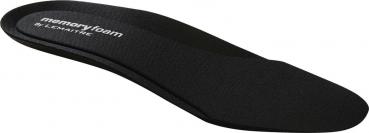Product Family
Article image
Article description
Color
Size
Category
Sex
Price
Compare


















 Workwear | Professional Footwear 2024
Workwear | Professional Footwear 2024 DPV main catalog 2023 | 2024
DPV main catalog 2023 | 2024